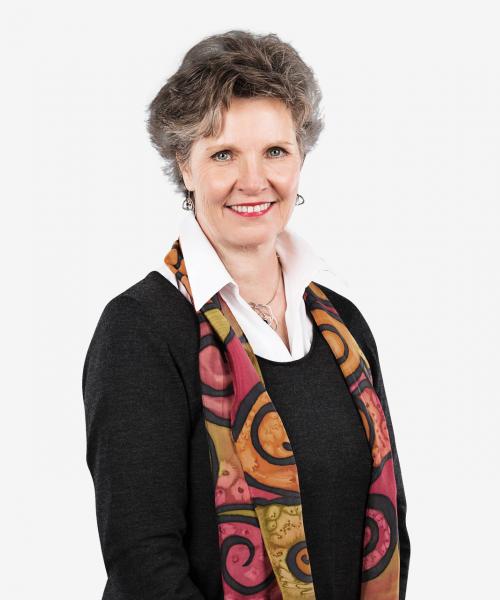Travels in Canada – Part Five: Hamilton, Ontario — Tomorrow’s Trade Policy
Dateline: Hamilton, ON, July 30, 2015
One session, the Bilateral Trade Forum, was held on the twenty-second floor of the Hamilton Investment Center and included magnificent panoramic views of the city, the waterfront, and the resurgent downtown core. Hamilton is just a little over an hour to Buffalo, New York, one of the busiest ports of entry along the border with the United States.
When thinking Hamilton, many readers will connect it with steel. Indeed, when approaching the city from the highway one can hardly see past the massive foundry stacks raised by leading Canadian steel producers. A number of those executives from the region’s steel industry were invited to an Arent Fox roundtable at the Hamilton Economic Club for a briefing on the changes to US trade remedy laws in the recently enacted “American Trade Enforcement Effectiveness Act.” Of particular interest to US trading partners are the new provisions for anti-dumping and countervailing duty investigations, remedies used in the global steel sector for the past decades.
But it was the forum’s conversations about the region’s emerging industry sectors that most impressed the audience and, in particular, a question posed by the president of the Hamilton Chamber of Commerce, Keanin Loomis, to the CEO & Founder of Project-1, an innovator in the sports analytics field. Keanin asked what business leaders of today and tomorrow are looking for when deciding where to locate their next project?
The question was simple but provocative and helped the audience think about the future. The answer was equally insightful. CEO Ricardo Sodre, a self-described “serial entrepreneur and angel investor,” didn’t cite tax structures or business regulations. He chose to talk about quality of life.
His remarks underscored the aim of today’s business leaders, who need to attract and retain workers from an innovative talent pool. Once that talent is cultivated, innovation blossoms. The lingering question however is how to protect that innovation and ensure that competitors can’t poach a firm’s best ideas.
Patent and trademark regulations are in place in most countries, but it is how (or if) they are enforced that can make all the difference for a company. The United States has some of the stronger rules and its enforcement approach differs significantly from those in Canada. It is these American rules that companies like Project-1 can use to their advantage when doing business in the US marketplace.
In many circles, international trade rules are viewed as archaic and blunt. And while it is true that they can be overly complicated, they can also be strategically applied to best position the product or service of tomorrow.
From steel slabs to sports apparel, the business adage is timeless – know the rules and apply them to best work for your bottom line.
***
These short briefs are designed to share with our Canadian readers what she is hearing from businesses “on the ground” and their issues in regard to the US marketplace.
For our clients, the US marketplace remains an important destination — some industry sectors have particular challenges while various regions in Canada have differing border infrastructure needs. Following each trip, Birgit hopes to report on the regional issues of the day and how the US Administration and the new Congress might address those needs and challenges. We hope these alerts are of interest to clients across Canada and across industry sectors.
Contacts
- Related Practices
- International
-
Read Time
4Minutes
